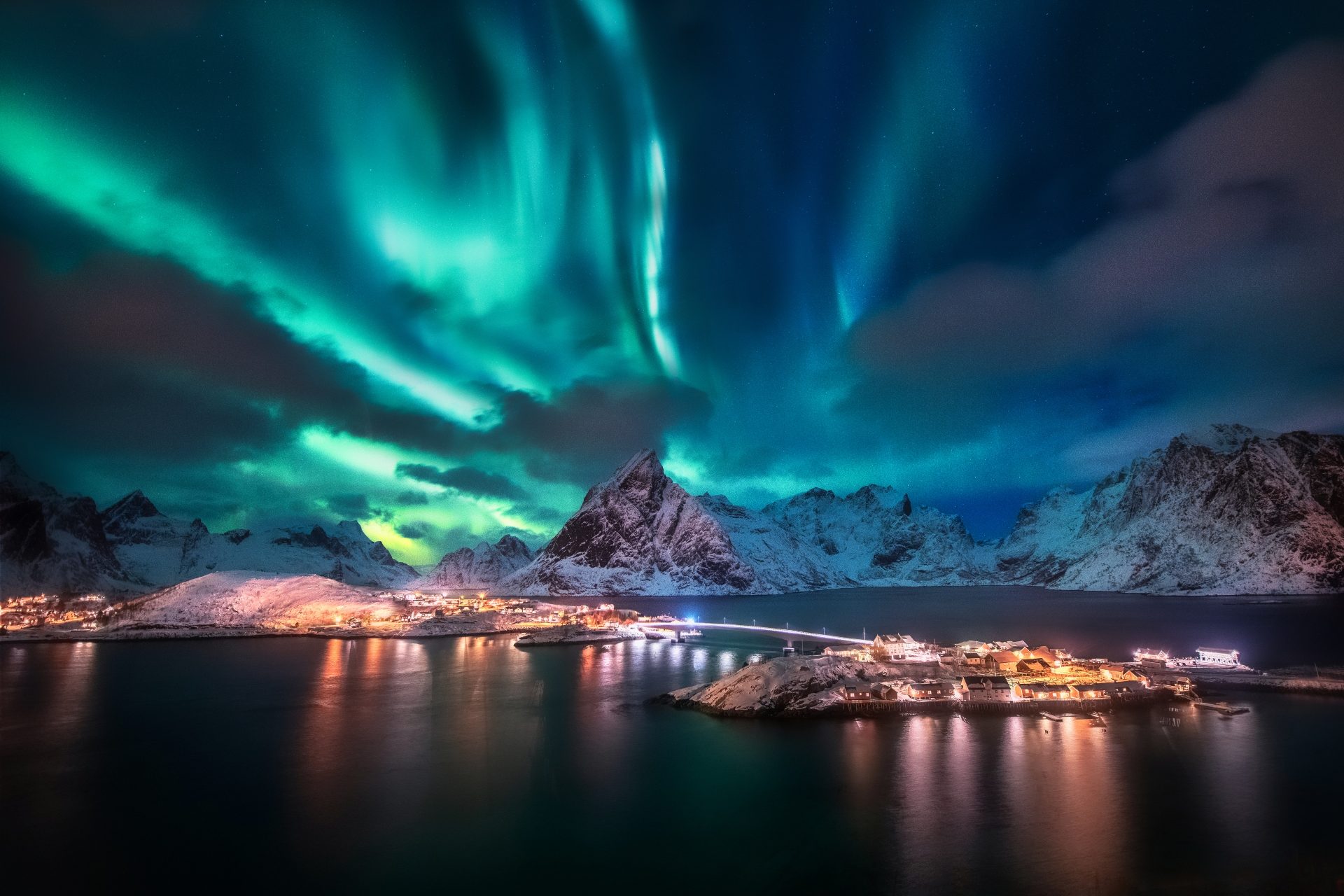Bordering on the ridiculous: the world's strangest borders
In the small European town of Baarle, parts of Belgium and the Netherlands sit quietly side by side. You could easily dance between the two countries by stepping over the paving stones marked with the letters B and L.
While the Belgian area is called Baarle-Hertog, the Dutch half of the town is called Baarle-Nassau. What is even more puzzling, however, is that each side has enclaves that belong to the other country. There are 22 Belgian enclaves on the Dutch side of the border and eight Dutch enclaves on the Belgian side of the border.
It is quite common to see the border cutting right through the middle of the streets or even people's homes.
The strangest thing about this division was the difference between the two countries' rules during the Covid-19 pandemic. The Netherlands had eased their curfew - despite cases rising at the time - whilst Belgium continued stricter rules and did not relax them until over a week later. It created confusion in the town for the period.
Did you know the USA and Russia are only a few miles apart? A pair of rocky islands in the middle of the Bering Strait, the Diomede Islands are separated by the International Date Line that marks the border between the USA and Russia. In winter, the ice pack is thick enough that one can actually walk across going from the USA to Russia without getting wet feet.
Big Diomede is part of the Russian Federation while Little Diomede is owned by the USA. Since Big Diomede is 23 hours ahead of its Russian counterpart owing to the International Date Line, it is often called Tomorrow Island and Yesterday Isle respectively.
The islands were originally inhabited by the Yupik people, nearly 3,000 years ago. Today, there is no permanent population that resides here, but the site serves as the base of Russian troops and houses a weather station.
One of the most interesting border crossings in the world, the Zambezi river creates a natural frontier between Zambia and Zimbabwe. The old suspension bridge is still visible on the left.
The only four-point crossing in the world lies where the borders of Botswana, Namibia, Zambia, and Zimbabwe all meet in one place. It is known as the 'four corners of Africa.' David Livingstone famously said that it must have been gazed upon by angels.
To cross into Zimbabwe from Zambia, one must go over the Victoria Falls bridge which can be viewed from both countries. Travelers are often at a loss as to which side should be picked as the base.
People who have been through border-hugging Geneva airport will know that it has different exits depending on whether you want to enter France or Switzerland.
Hotel Arbez is around five miles to the north of that airport and takes border crossing one step further, sitting right on top of the line. Its dining room, kitchen, etcetera, are actually bisected. The honeymoon suite is bisected by the border, with half in France and half in Switzerland.
Photo: YouTube screenshot @The Tim Traveller
In 1862 a local businessman heard of a treaty modifying the border and created the building to sit across the new route before it was created. It was previously a grocery shop before it became a hotel in 1921.
Photo: YouTube screenshot@ The Tim Traveller
We’re all familiar with disputed regions, claimed by two opposing states for historical, cultural, or geopolitical reasons. But what about the land that nation states actively don’t want? Surprisingly, this also exists, as evidenced by the strange stalemate which exists between Egypt and Sudan.
Bir Tawil, a roadless patch of desert 2,000 square kilometres (772 square miles) in size, is uninhabited and unwanted due to both countries favoring their own historical boundary lines.
Photo: Wikimedia Commons
In fact, their respective claims to land would be weakened by accepting Bir Tawil. For that reason, it goes unclaimed, although there was talk of constructing settlements as the photo shows.
Photo: @birtawilgovt
Haskell Free Library and Opera House is a building right on the border between the U.S. state of Vermont and the Canadian province of Quebec. You can enter from both sides but you are not allowed to exit from the other side of the border. Otherwise, you’ll get fined and might even get arrested.
So, the Haskell Free Library and Opera House is the only library in the world that serves two countries at once. Under the seats of the opera house, you will see a black line marking the border. Funnily enough, the stage is in Canada and the majority of the seats are in the US. Across the center of the library's reading room, the line continues.
After Donald Trump introduced the controversial travel ban - denying hundreds of thousands of Muslims free travel to the United States - many traveled to the Haskell Free Library, using it to hold meetings between loved ones.
Today, the five-square-mile, 1,700-strong municipality is still officially part of the Catalan province of Girona. It is connected by two miles of neutral road to Puigcerda, but the terrain lies firmly nestled in France.
The Thirty Years War's Pyrenees Treaty (1659) ceded sections of northern Spain to France. Llivia was able to avoid being given away on the grounds that the treaty only applied to 'villages', while Llivia claimed to be a 'town'.
Accordingly, it kept its Spanish allegiance while becoming surrounded by France. And the Spanish civil guards keep watch. Here, three guards observe the landscape of the valleys of Llivia at the Pyrenean frontier.
This is the only piece of the U.S. apart from Alaska which strays north of the 49th parallel. It consists mostly of forests and has a population of around only 100, most of them First Nations.
The children have one of the longest school runs anywhere, with a three-hour round trip that passes through border control four times a day.
This is apparently the shortest border in the world. Peñón de Vélez de la Gomera is a Spanish-owned rock fortress on the Mediterranean coast of Morocco.
Until 1934 it was an island, but a powerful storm filled in the gap with sand and turned the island into a peninsula, distanced from the mainland by a 90-yard international border.
The fortress is garrisoned by Spanish soldiers and supplied by helicopter, while the border itself is marked by only a piece of string across the beach.
This tiny isle, a fraction of a square kilometer in size, has passed between two countries more than 700 times since 1659.
Photo: Ignacio Gavira, Wikimedia Commons
Pheasant Island is an uninhabited river island in the Bidasoa river, located between France and Spain, but its ownership and administration alternate between both nations. Strangely, there is an agreement between the two states to administer ownership jointly; with this ownership changing every six months.
Photo: Zarateman, Wikimedia Commons, Public Domain








































